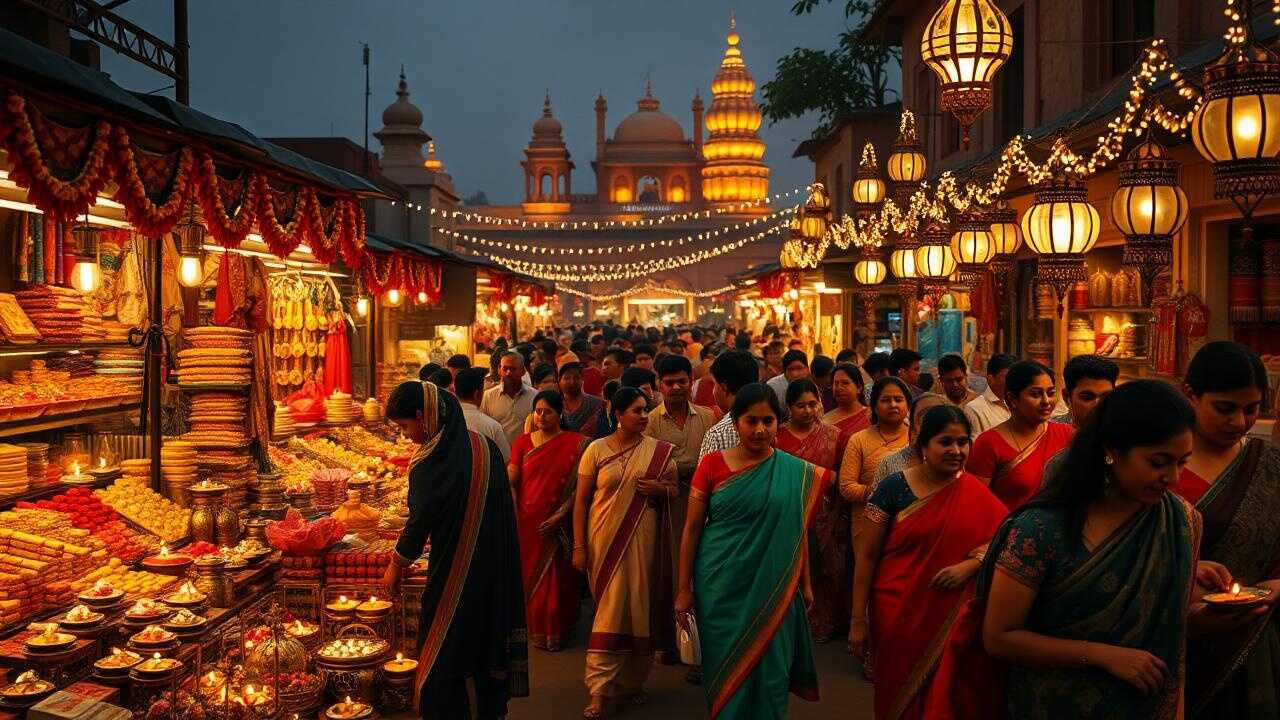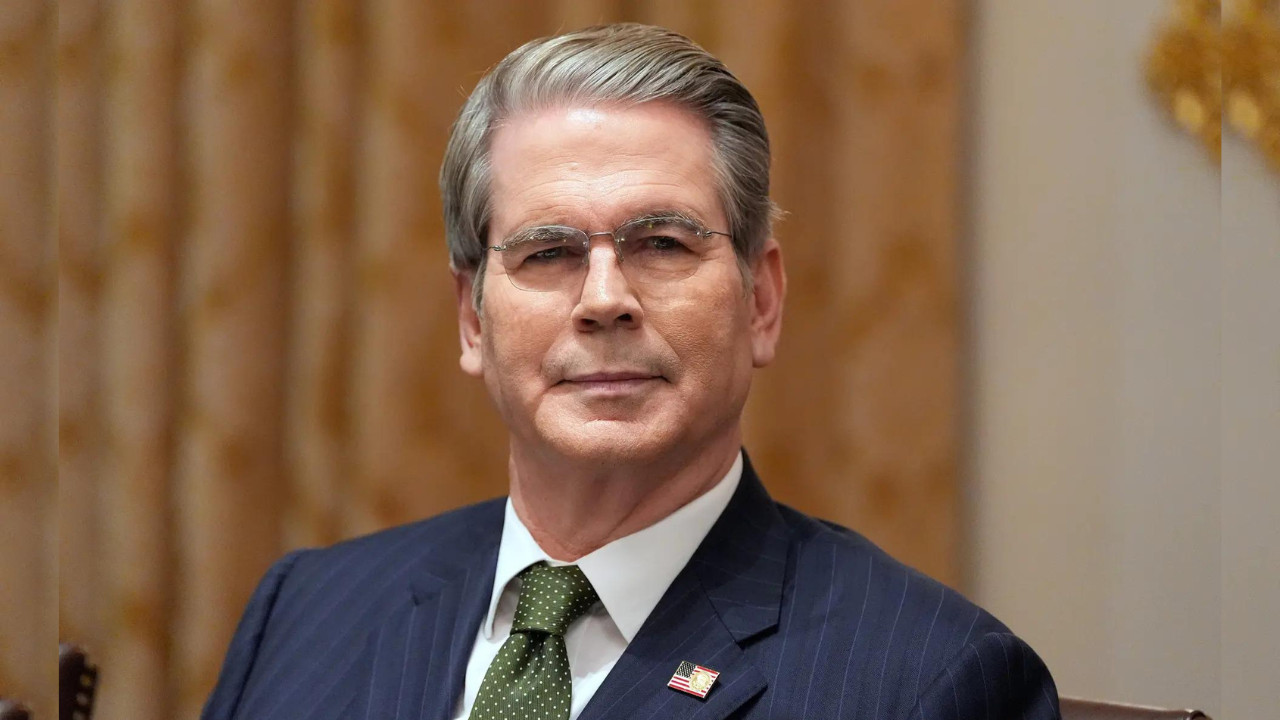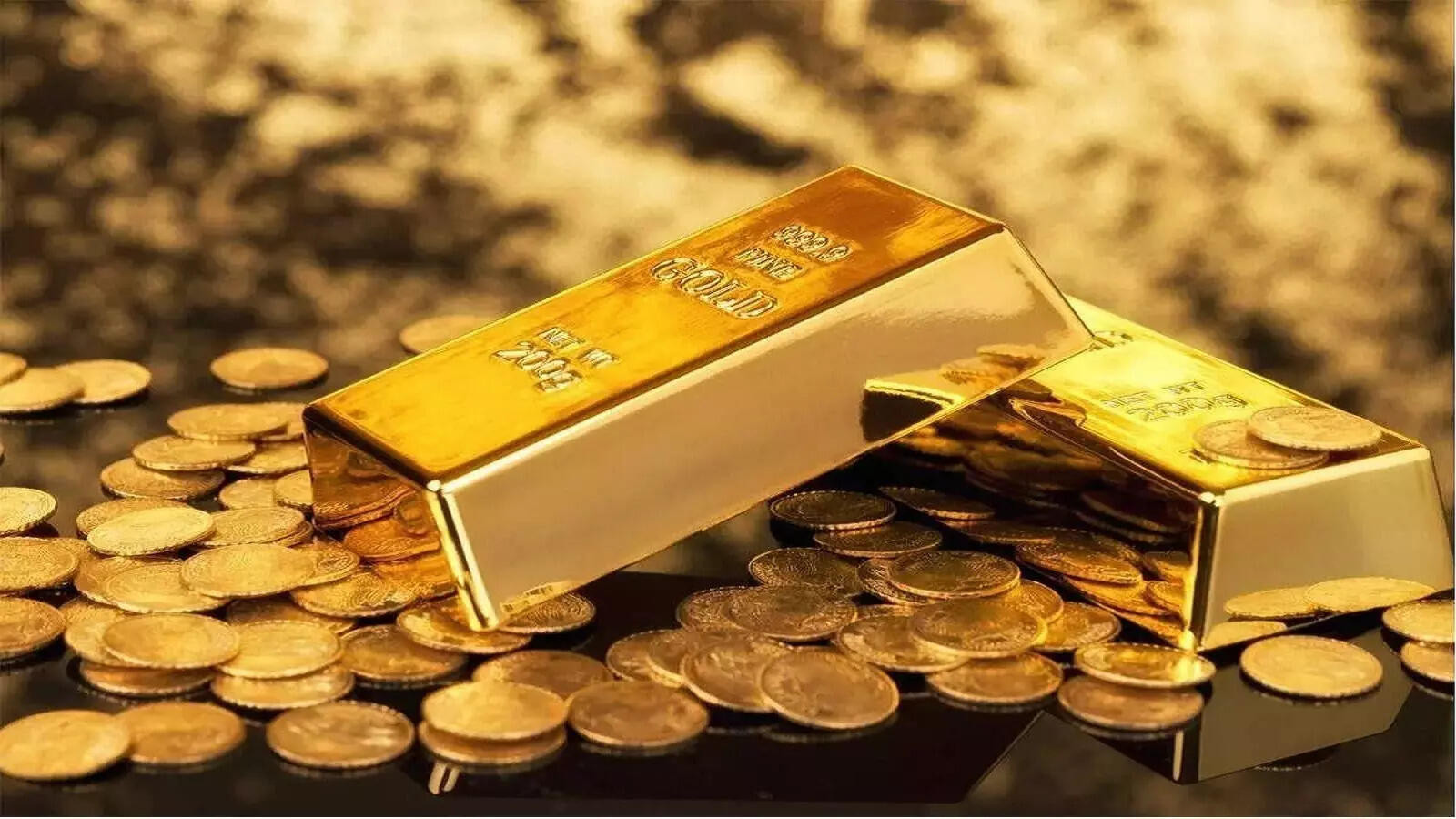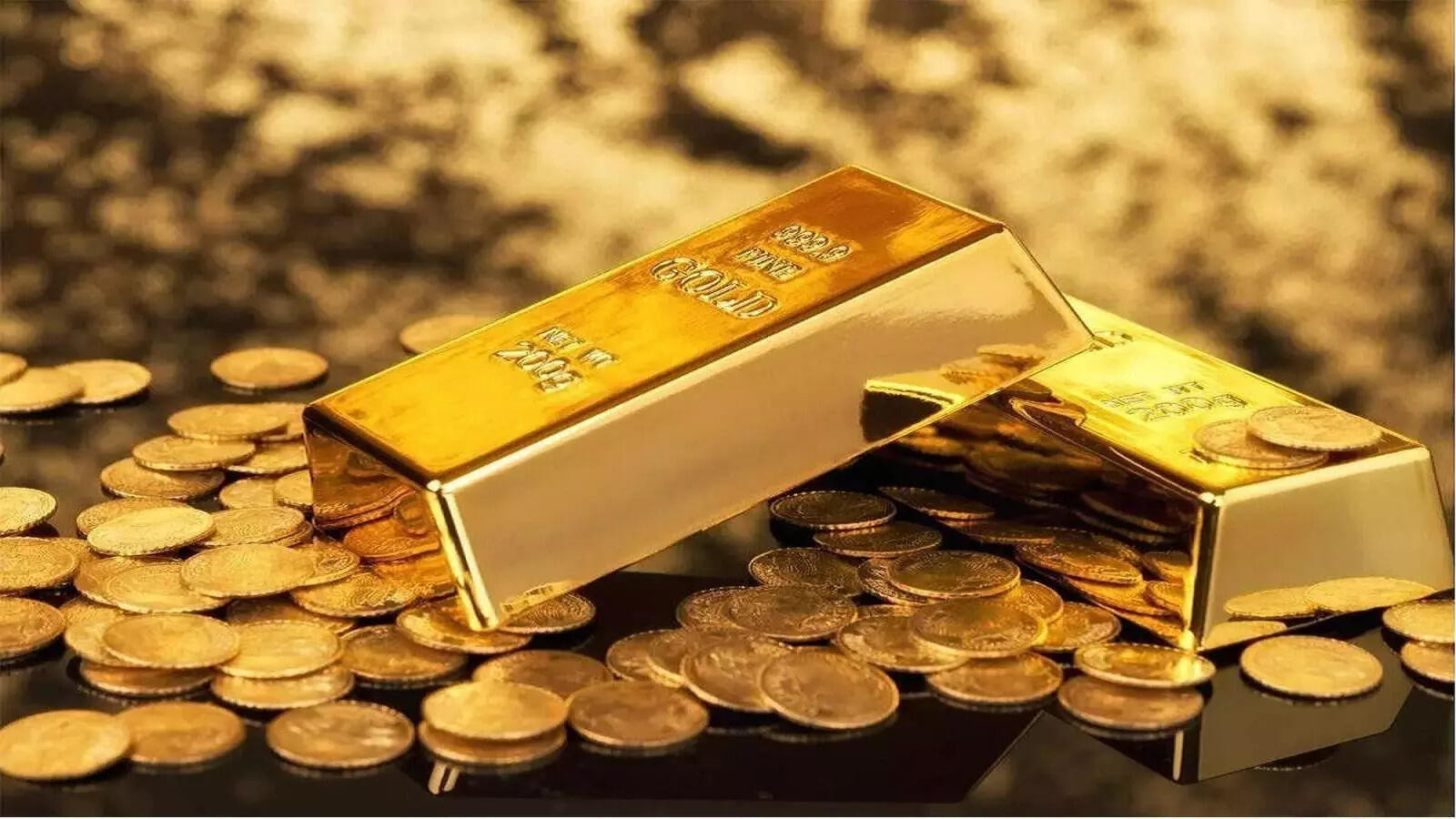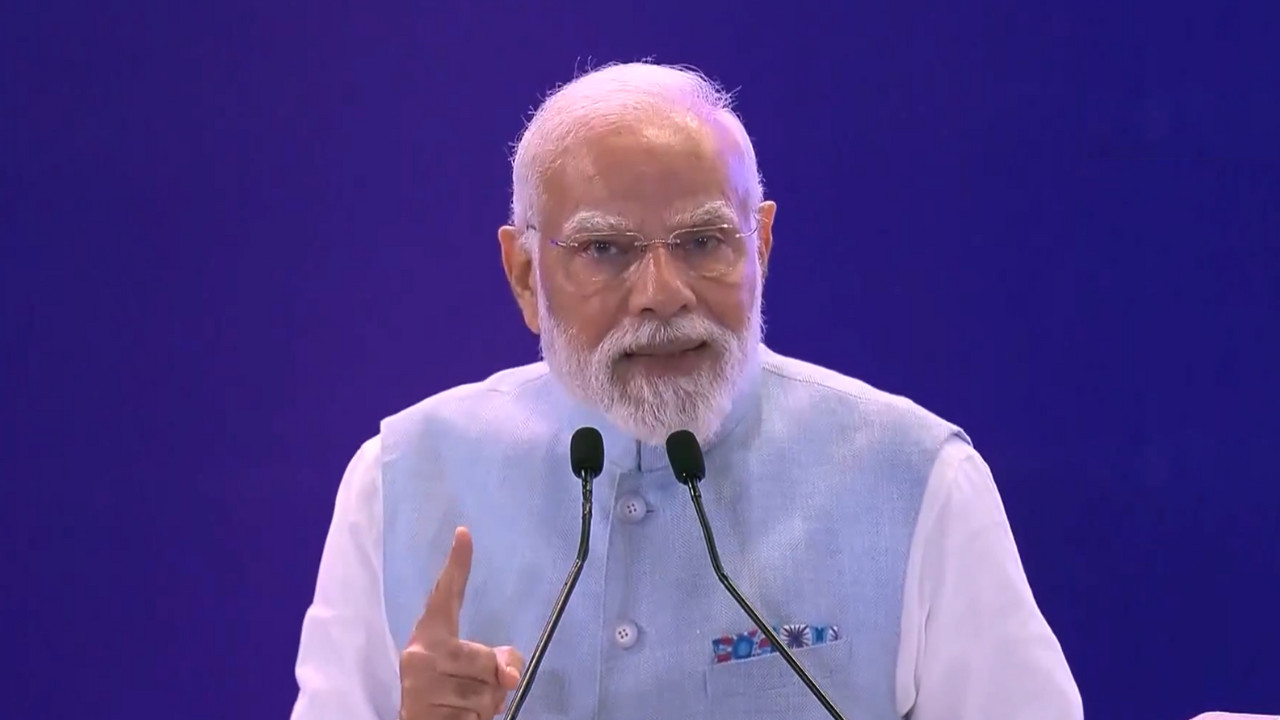India’s peak power demand during Diwali saw a slight decrease this year, a departure from the usual festival surge. While Monday’s peak reached 180.14 GW, down from last year’s 182.87 GW, overall consumption also dipped. This trend contrasts with higher projected summer demand, which was not fully realized due to favorable weather conditions.
Diwali’s Dimmer Switch: Decoding the Dip in India’s Power Demand
Diwali, the festival of lights, often paints a picture of booming energy consumption across India. The dazzling displays of diyas, twinkling fairy lights, and bustling marketplaces typically translate into a significant surge in the nation’s power demand. But this year, the story took an unexpected turn. Instead of a dramatic climb, India witnessed a slight dip in its peak power demand during the Diwali celebrations. What’s behind this intriguing shift? Let’s unpack the possible reasons and explore what it might signal for India’s energy landscape.
Why Didn’t India’s Diwali Lights Trigger the Usual Power Surge?
For years, energy analysts have anticipated and observed a predictable Diwali power spike. Factories hummed at full capacity to meet festive demands, homes blazed with celebratory lights, and commercial establishments extended their operating hours, all contributing to a peak in electricity consumption. This year, however, that trend faltered. Several factors likely contributed to the subdued demand.
Firstly, weather played a crucial role. An unusually extended monsoon season lingered in many parts of the country, keeping temperatures relatively mild. This reduced the reliance on air conditioning, a major electricity guzzler, even during the festive period.
Secondly, economic realities might be at play. While festive cheer was palpable, some consumers might have been more cautious with their spending, leading to more mindful energy use. Inflationary pressures and broader economic uncertainties could have encouraged households and businesses to prioritize essential expenditures over extravagant displays.
The Rise of Energy Efficiency: A Quiet Revolution?
Could the dip also indicate a positive shift towards greater energy efficiency? The Indian government has been actively promoting energy-efficient appliances and practices through various initiatives. LED lighting, for example, has become increasingly affordable and widespread, drastically reducing the energy footprint of festive decorations. Perhaps we’re witnessing the cumulative effect of these efforts, with consumers and businesses alike embracing more sustainable energy habits.

Furthermore, a growing awareness of environmental issues might be prompting individuals to make more conscious choices about their energy consumption. While grand displays are a part of Diwali tradition, perhaps there’s a subtle shift towards celebrating in a more eco-friendly manner. This could involve opting for fewer lights, using solar-powered options, or simply being more mindful of when and how long lights are kept on. You can read more about sustainable living practices on our website.
What Does This Mean for the Future of Energy in India?
The slightly dimmer Diwali raises some interesting questions about the future of energy demand in India. While it’s premature to declare a permanent shift, it’s definitely a signal worth paying attention to. If energy efficiency continues to improve and sustainable practices gain further traction, India might be able to moderate its energy consumption growth, even during peak demand periods like Diwali.
However, it’s important to remember that India’s overall energy needs are still on the rise. As the economy grows and more people gain access to electricity, demand will inevitably increase. The key lies in meeting this demand in a sustainable and efficient manner. Investments in renewable energy sources, smart grids, and energy-efficient technologies will be crucial to ensuring a secure and environmentally responsible energy future for the nation.
This subtle shift observed during Diwali serves as a valuable reminder that energy consumption patterns are not static. They are influenced by a complex interplay of factors, including weather, economic conditions, technological advancements, and consumer behavior. Understanding these dynamics is crucial for policymakers and energy providers to make informed decisions and chart a sustainable energy course for India. The dimmer Diwali lights might just be a harbinger of a brighter, more energy-conscious future.
